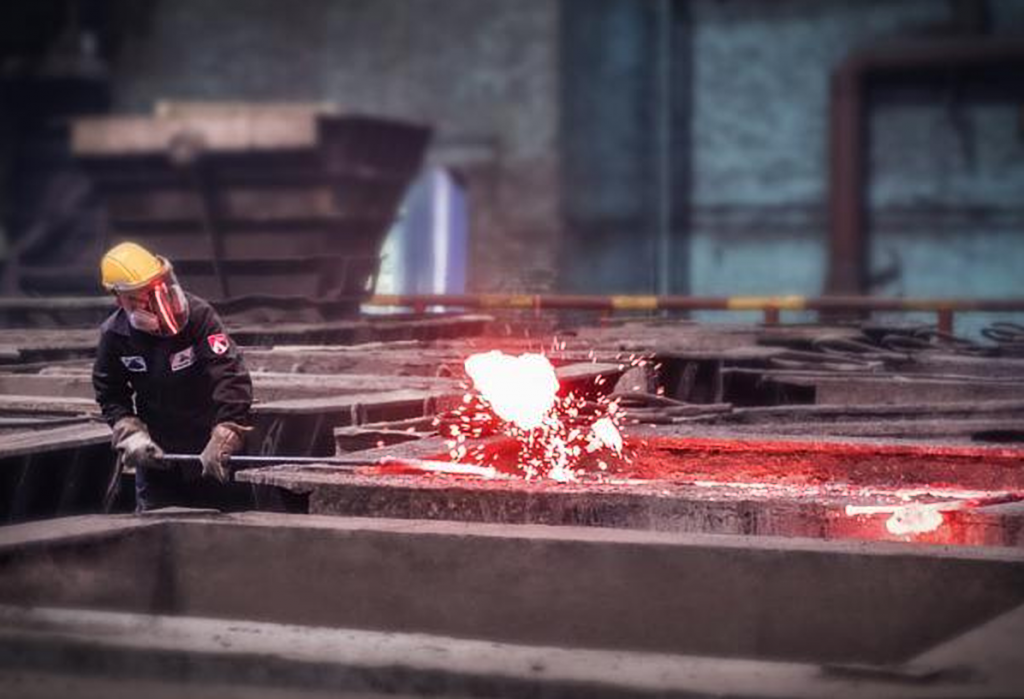Nornickel triples earnings as metals prices offset output dip

Russia’s Nornickel reported a tripling of first-half core earnings to $5.7 billion, with higher global metals prices and low-base effect offsetting reduced nickel and copper output.
Nornickel, the world’s largest producer of palladium and a leading producer of nickel, was hit by lower output at two of its Arctic mines this year after flooding stopped production for several months.
On Thursday it said core earnings, EBITDA, rose to $5.7 billion from $1.8 billion a year ago when the company set aside $2 billion for a fuel spill claim.
Nornickel, which has a market capitalisation of $55 billion, has almost fully restored production at its mines but still faces a number of challenges on other fronts.
Russia’s state fisheries agency filed a $800 million damages claim against Nornickel over an Arctic fuel spill in July, which the mining group says it plans to contest.
It previously paid $2 billion for environmental damage caused by the 2020 leak, which was Russia’s worst environmental disaster in the Arctic this century.
The company also faces higher expenses in Russia as Moscow is raising export taxes for its metals producers in rounds to boost proceeds for the pandemic-hit budget. The government imposed new export taxes for August-December, which will cost Nornickel $500 million.
Nornickel, whose supplies account for 43% of the global palladium market, also said that it expected global palladium deficit of 0.9 million ounces in 2021 because the suspension of its mines would affect its palladium output in the second half of this year.
The long mine-to-refined product chain delayed the flooding effect on its palladium output. Nornickel’s 2021 production guidance remains unchanged, though.
Nornickel added that it expected the nickel market to swing to a deficit of 31,000 tonnes this year before the surplus of 100,000 tonnes re-emerges in 2022.
It also revised its annual capital expenditures to $4 billion in 2022-2025 from earlier $3.5-4.0 billion range.
(By Polina Devitt and Anastasia Lyrchikova; Editing by Alexander Smith and David Evans)
More News
{{ commodity.name }}
{{ post.title }}
{{ post.date }}

Comments